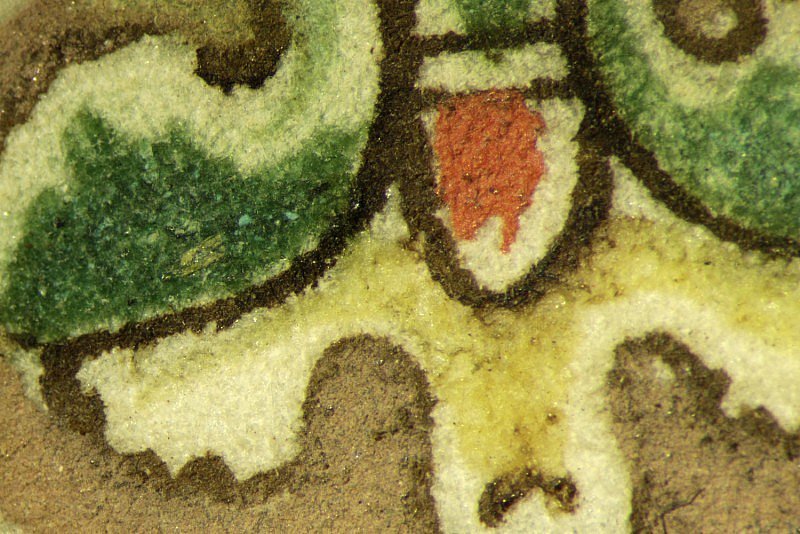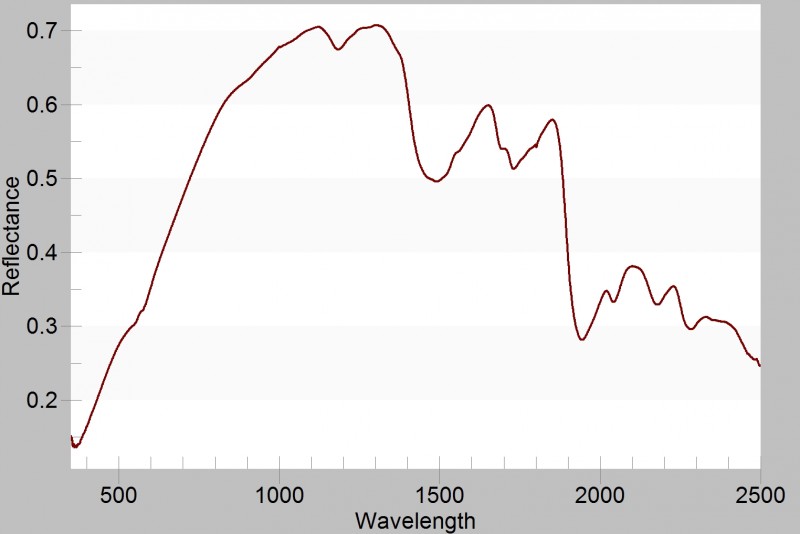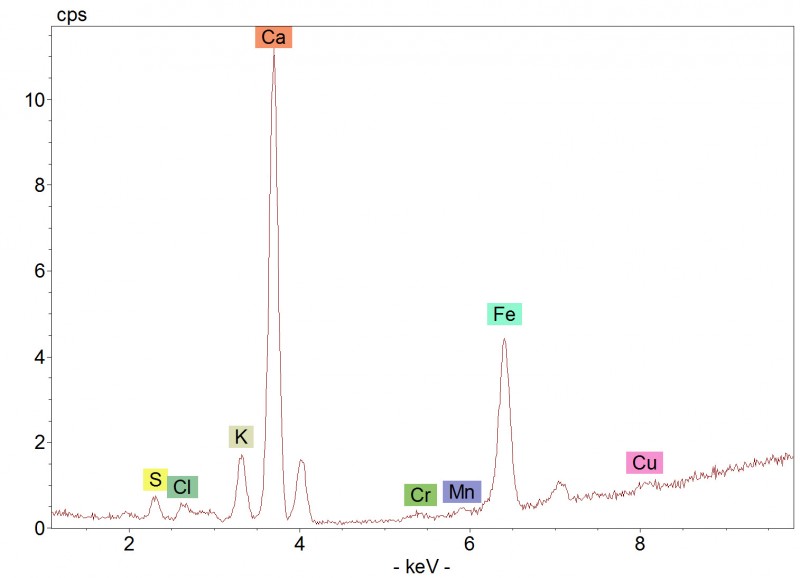The Peterborough Psalter
With its elegant figures, delicately incised gold patterns and exquisitely modelled draperies and faces, this Psalter is an outstanding example of English illumination of the early 13th century.
Specific features of the liturgical texts and the depiction of an abbot in one of the historiated initials show that the manuscript was made for the Benedictine Abbey of Peterborough in the 1220s. Highly burnished gold grounds and crisp black outlines set off the artfully applied colours, ranging from locally sourced organic yellows to imported ultramarine.
Learn more about the manuscript by exploring the sections below or selecting folios on the right. Discover further details by choosing any of the folios with the hotspot symbol ![]() .
.
The main artist, though anonymous like many of his contemporaries, was one of the most accomplished English illuminators of the early 13th century. He painted the 2 full-page images, the 4 historiated initials and probably the 3 large foliate initials in gold and richly saturated colours, which mark the main textual divisions. Skilled assistants would have executed the remaining ornamental initials, which are painted in a different style and in a more modest range of hues.
The manuscript was commissioned after 1220 by an abbot of Peterborough who is depicted in the initial for Psalm 101 (fol. 139v). Richard, VII Viscount Fitzwilliam of Merrion (1745-1816), acquired the manuscript in 1808 and bequeathed it to the Fitzwilliam Museum in 1816.
The manuscript contains the standard texts found in early Gothic Psalters. The 150 Psalms of the Old Testament are prefaced by a Calendar, which begins and ends with related tables, and a circular diagram (rota) used to calculate the date of Easter. The Calendar has burnished gold initials, but contains no figural decoration. After the Psalms come the biblical Canticles, the Litany and the Office of the Dead. A full-page miniature of the Crucifixion precedes the Psalter, which is divided into 10 sections for daily readings. Psalm 1 opens with a full-page initial, and 4 other Psalms marking the major text divisions have large, historiated initials. Three other ‘division’ Psalms are introduced by large, fully illuminated initials with foliate ornament. Due to the loss of folios, the large initials that would have marked Psalms 68 and 97 are missing. Red and blue penwork initials filled with foliate ornament in multicoloured washes with occasional touches of gold mark some remaining major text divisions in the Psalms, Canticles and Office of the Dead. Other major text divisions are signalled by red and blue penwork initials filled with scrolling patterns in the contrasting colour. Small red and blue penwork initials mark minor text divisions throughout the manuscript.
The colour scheme and palette are fairly homogeneous across the manuscript. Carbon black, lead white, red lead, ultramarine blue and verdigris were used on every page. An organic yellow was applied over either lead white or chalk in several different folios. Red organic dyes, likely extracted from insects, provided pink hues when mixed with gypsum, chalk and lead white. Gold leaf was used extensively, while silver was identified only on fol. 159r, where it has degraded. Some differences were observed between the two full-page illuminations (fols. 12r, 12v) and the rest of the decoration.



Red initial P filled with foliate ornament in multicoloured washes (Psalm 118)
The initial P, painted in vermilion, is filled with foliate ornament in verdigris green, vermilion red, an organic yellow and a tan-coloured mixture of lead white and an organic red (hotspots 1 and 2). Small amounts of other pigments may also be present as suggested by traces of iron, copper and mercury identified by XRF.
The thin penwork lines are traced in vermilion red, ultramarine blue and brown iron-gall ink (hotspot 3).